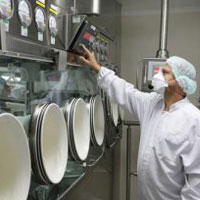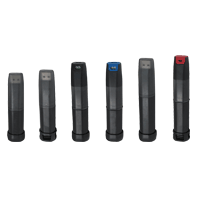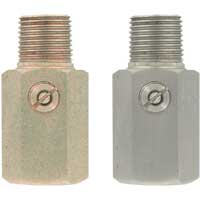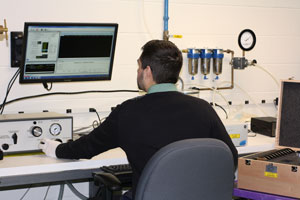In many industrial processes, the materials and the end product or by-products 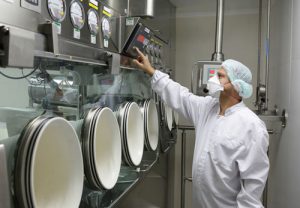 of the process, such as dust or vapors, can create conditions for a hazardous environment. Processes that have potential for hazardous environments include: water treatment, oil drilling, gas and chemical processing, power generation, pharmaceutical, and food manufacturing. The measurement and control of these processes are essential in maintaining optimal conditions of the manufacturing system and preventing catastrophic events. Continue reading “The Operation of Gages and Switches in Hazardous Environments”
of the process, such as dust or vapors, can create conditions for a hazardous environment. Processes that have potential for hazardous environments include: water treatment, oil drilling, gas and chemical processing, power generation, pharmaceutical, and food manufacturing. The measurement and control of these processes are essential in maintaining optimal conditions of the manufacturing system and preventing catastrophic events. Continue reading “The Operation of Gages and Switches in Hazardous Environments”
Ask the Expert: What is a data logging USB, and how do I use it?
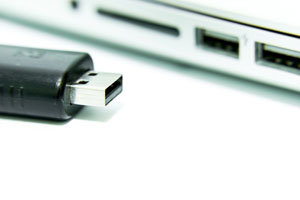 What is a data logging USB?
What is a data logging USB?
A data logger is a tool used to record a variety of parameters, which can include, temperature, humidity, dew point, current, voltage, and carbon monoxide. The logger is used in the field to record data, then brought back to a computer to collect/graph what was collected. These data loggers are ideal for applications such as: calibration labs, environmental chambers, pharmaceutical plants, and storage warehouses. Continue reading “Ask the Expert: What is a data logging USB, and how do I use it?”
Adjustable Pressure Snubbers Used to Protect Instruments Against Pressure Surges in LACT Units
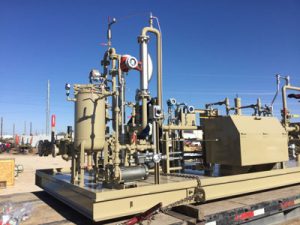 We recently met with a customer in Odessa, TX, who was having an abnormal amount of smart pressure transmitter failures in their LACT skids from one customer’s region.
We recently met with a customer in Odessa, TX, who was having an abnormal amount of smart pressure transmitter failures in their LACT skids from one customer’s region.
Lease Automatic Custody Transfer (LACT) units are used for the unattended and automatic measurement of the quality and quantity of crude oil, typically from well head producers to purchaser, or from truck offloading into storage tanks. These sites are typically on production lease sites in remote areas. Continue reading “Adjustable Pressure Snubbers Used to Protect Instruments Against Pressure Surges in LACT Units”
The Importance of Instrument Calibration
Calibration is the comparison and adjustment of a reading from an instrument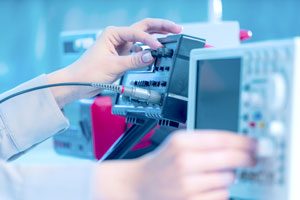 in correlation with the reading of a higher accuracy piece of equipment. The overall goal of this process is to minimize measurement uncertainty and ensure the accuracy of an instrument.
in correlation with the reading of a higher accuracy piece of equipment. The overall goal of this process is to minimize measurement uncertainty and ensure the accuracy of an instrument.
Analog vs. Digital Device Signals
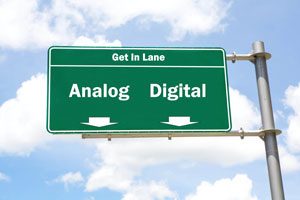 In today’s industry, the number of device output signals continues to grow. Each signal is different; so how do you figure out which one is right for your application? The easiest way to hone-in on the correct signals for your application is to decide whether you want a digital communication signal or an analog signal. Continue reading “Analog vs. Digital Device Signals”
In today’s industry, the number of device output signals continues to grow. Each signal is different; so how do you figure out which one is right for your application? The easiest way to hone-in on the correct signals for your application is to decide whether you want a digital communication signal or an analog signal. Continue reading “Analog vs. Digital Device Signals”

